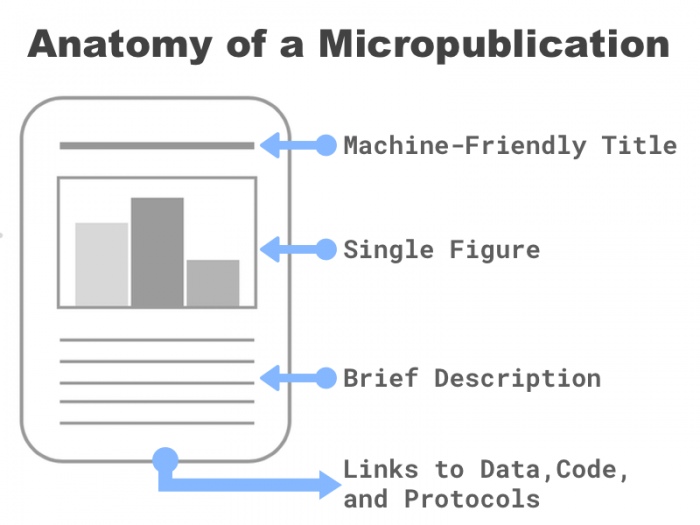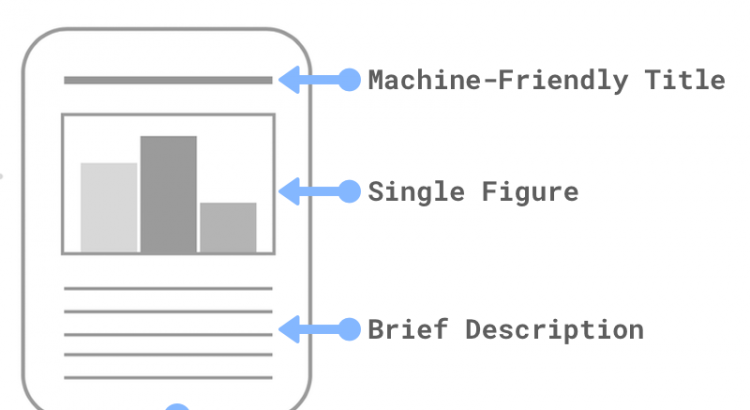Podcast: Play in new window | Download
Subscribe: Spotify | Email | TuneIn | RSS
In a world where it’s “Publish or Perish,” you’d expect “publish” to be the more favorable option.
But, if you’ve ever spent a year or more performing experiments, crafting figures, writing a manuscript, finding a friendly editor and arguing with reviewers, that “perish” option might just sound pretty sweet right about now….
It’s no secret that the publishing industry has an inexplicable choke-hold on the scientific community. A handful of companies exercise editorial control, deciding which findings are permitted to enter the information stream. They charge the researcher who submits the paper, then charge exorbitant fees to the reader to see what was ‘printed.’
While the information age has flooded nearly every aspect of our daily lives, its transformative power sometimes seems to be walled off at the laboratory door.
Luckily, there are a few scientists who are willing to chip away at that wall.
Minimum Viable Publication
Nate Jacobs wasn’t far into his postdoctoral training when he realized that the joy of publishing a paper had faded.

CEO of Flashpub
“I started getting really frustrated with the publishing process. Every time I published, it kind of felt like a failure. I wasn’t sure if other people would be able to reproduce it. It didn’t feel collaborative.”
Nate said it started to feel almost as if he was talking to himself, rather than engaging in the back-and-forth communication of a scientific debate.
“The best example of this,” he says, “is the discussion section. It’s called ‘discussion,’ but you proceed to have a conversation with yourself and create these straw-man arguments. It started feeling really fake to me.”
Access was another problem. If your university can’t afford to subscribe to a journal, you’ll be forced to write to the paper’s authors, or to scour SciHub or other less-than-legal sources.
“Of course I’m going to have to be a criminal to get my PhD done,” Nate adds wryly.
So what’s a postdoc to do? Nate decided to give new life to an old idea whose time had come.
Making a Micropublication
“If you think of the current literature as big, slow, and exclusive, micropublication is the opposite of that,” Nate says.
He summarizes a micropublication this way: “It is a single figure, a single finding. What differentiates it is that you’re not waiting until you have a full, complete, clear narrative. You’re really publishing individual findings.”

Imagine an average cell biology paper. You might have multiple figures showing Western blots, immunofluorescence, DNA purifications, or statistics. Presumably, those are all referenced in the narrative arc of your paper, supporting some new conclusion.
But along the way, you probably did a few experiments that “didn’t work.” Or maybe they contradicted your central finding, and you left them out in the interest of finally finishing up your manuscript.
Some of those experiments would probably benefit from additional controls, or better antibodies held in another lab. You won’t learn about those improvements until the reviewers send the paper back, or it’s finally published and a collaborator offers reagents you needed two years ago.
Instead, what if you were to present each figure as a micropublication?
You’d get that feedback immediately; micropublications are still peer reviewed. And the scientific community could help you craft your next experiment, or maybe revise your last one.
Nate summarizes the change this way:
“As you’re publishing things, you get this rush of community support. It might be a slightly different story arc than if you were doing it all by yourself, but each step along the way is going to be more robust and allow replications and ideas to help you. When you get to the end of that story you’re much more confident in that narrative arc than if you had done it all by yourself in a silo.”
But by breaking the figures out of the narrative arc of a journal article, micropublishing introduces some new challenges and opportunities.
“What that allows you to do is publish much more quickly,” Nate recognizes. “Which brings an interesting challenge: how do you pick up the pieces and allow people to tell stories with those pieces.”
That’s just one of the challenges Nate and his team are solving with their new micropublishing platform Flashpub.io.
Flashpub is “a micropublishing platform for rapidly sharing high quality, narrowly-scoped scientific reports.”
In the beginning, Flashpub will be narrowly focused on certain fields where rapid communication is intrinsically valuable. Clinical case studies fit that profile because they tend to be disease- and patient-focused, and rely on rapid dissemination.
Nate describes the product this way: “One of the most important things we’re doing is that we are really focused on wrapping each micropublication around a single, explicit, well-structured assertion.”
“So for the case-studies, you’re publishing a diagnosis of a particular disease. Or if it’s a treatment, you’re connecting a disease with a particular treatment. Was it successful or not in treating the disease?”
Those bite-sized findings can then be categorized and pulled together into more robust conclusions. “We’re helping the researcher express themselves in very clear and explicit ways so that the content can then be linked together automatically.”
It’s an exciting time to be an open-science advocate, and Nate imagines a future where micropublications enable an entirely new level of collaboration.
“One of the things that weighs on me is that we’re trying to tell more and more complex stories and accomplish bigger and bigger things in science. We’re moving toward a period where we really need to be collaborating and we really need to be reproducing each other’s work. Part of that is getting things out there quickly, making sure people can replicate it, and trying to tell this story together.”
References
Papers
Micropublishing Platforms
Liquid Nutella
For this week’s ethanol, we cope with the cold weather by cracking open a Chocolate Hazelnut Porter from Heretic Brewing Company. It seems to be destined for sipping on a cool fall evening, so we managed to save it for just such an occasion.

